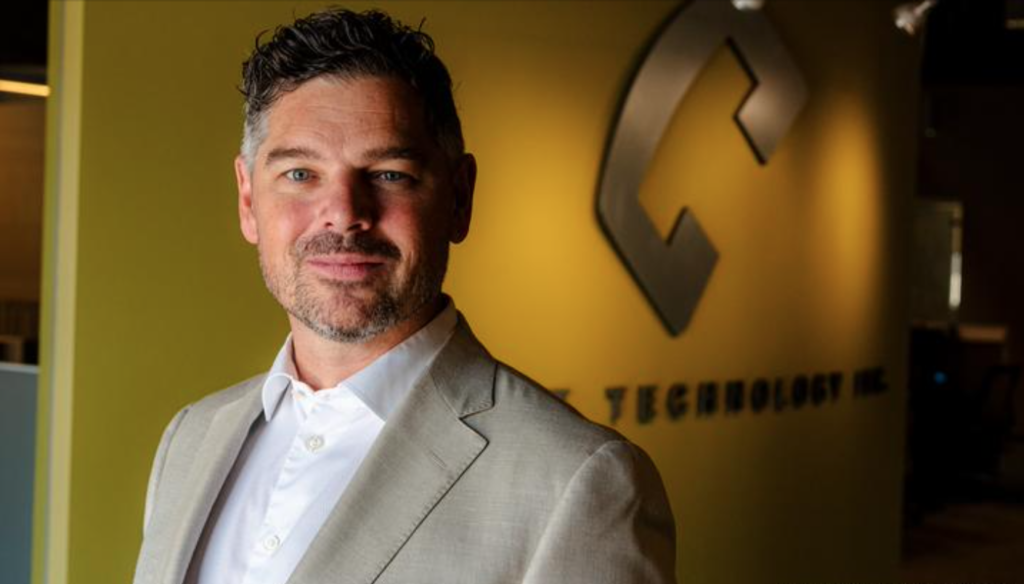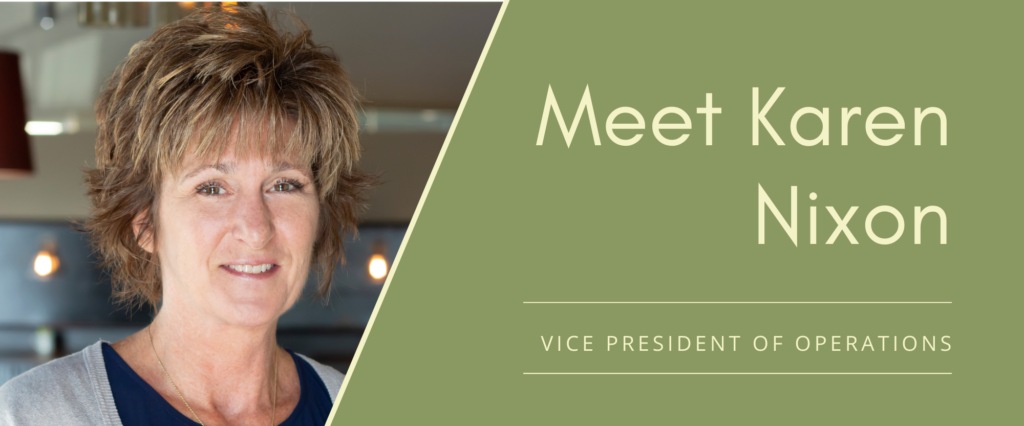Technology Predictions for 2015
by James Fields
As usual, the new year started with a bang, complete with overflowing champagne glasses, optimism for the coming year, and a bash on Broadway complete with fireworks. The decadence of the celebration matched the accomplishments achieved in tech over 2014.
In the past year, Apple joined the wearable arena with its iWatch and solidified the trend for bigger phones with its iPhone 6 Plus. In an effort to challenge across-the-board declining music sales, Taylor Swift pulled her tracks from Spotify, the streaming music service, and had the best-selling album of the year. “Serial” single-handedly made podcasts cool and cyberhacks received international attention with the recent controversy surrounding “The Interview.” Technology has given us a lot to talk about, and here are my predictions for what the hot conversations will be in 2015:
Mobile payment systems
Consumer interests in functionality and simplicity will drive mobile commerce. While Apple Pay’s debut year came with resistance from vendor partners, 2015 will be the year that consumers pressure companies to embrace synchronized mobile payment technologies. Mobile trends are here for good. In fact, there is unprecedented growth in the mobile payments industry. So much so that mobile commerce grew twice as fast as did e-commerce in 2014. Stay tuned for fewer leather wallets, a single mobile payment system, compliant credit card companies and consolidated steps between your shopping cart and your doorstep.
Security as a process
Security-consciousness is the main concern of businesses moving into 2015. With crippling attacks on high-profile companies like Target, Home Depot and Community Health Systems, as well as the migration to storing data on online cloud providers, security threats are stronger than ever. Companies have a tendency to see security as a product that they purchase once. This is a dangerous approach because no single product is capable of fully securing a network.
In 2015, companies will begin to view security as a series of ongoing processes and products used in concert. It’s unwise for companies to expect security products to maintain themselves. That’s why companies will emphasize human management of security systems in the coming year.
To reduce risk, there will be a strong push for vendors to support two-factor authentication, which is one of the simplest and most effective ways to protect accounts. Two-factor authentication adds an additional layer of security. For example, after entering a password, a user would receive a text message with an additional code to input before gaining access to an account.
3-D printing
Recently, astronauts on the ISS began using a 3-D printer to specifically design tools. In less than a week, they designed a ratchet wrench, had it approved by NASA reviewers, sent the file to space, and the printer made the wrench in four hours.
Although this on-demand style printing could speed up the months it usually takes spacecrafts to get replacement parts, ultimately revolutionizing space exploration, its value to the average consumer is largely untested. But, that will change as 3-D printing becomes more accessible in the coming year. Already, Nashville’s NovaCopy offers 3-D printing classes that are open to the public. Not to mention, the price of 3-D printers is expected to fall 98 percent in 2015. With access to training and more affordable printers, we’ll see consumers experimenting with the limits of 3-D printing.
Connected cars
This year we’ll see major advancements in the way technology interfaces with our automobiles. Technology in cars isn’t synonymous with the Batmobile, but it definitely brings forth a different driving experience. Think more along the lines of Wi-Fi-enabled cars, with improved safety features like hands-free phone capabilities and internet navigation. Perhaps most important to those on the go is the hotspot functionality connected cars will offer — work can now be done on the road with full access to quick file downloads and all the other conveniences that high-speed internet brings. And let’s not forget about in-car entertainment — connected cars will feature popular applications as well as the ability to stream music and videos. These capabilities aren’t limited to luxury vehicles, either. Companies like Chrysler, Ford and Toyota will make connected cars available to a broad range of consumers in 2015.
Technology continues to change our lives, unravel old ways of doing things, and push our limits and imagination. There are always costs of moving forward, like increased security threats, but it’s important to keep the needle moving toward innovation for the advancement of our world. Here’s to 2015 being technology’s best year yet.
This post also appeared in The Tennessean, where Concept Technology has a bi-weekly feature in the Business section.









